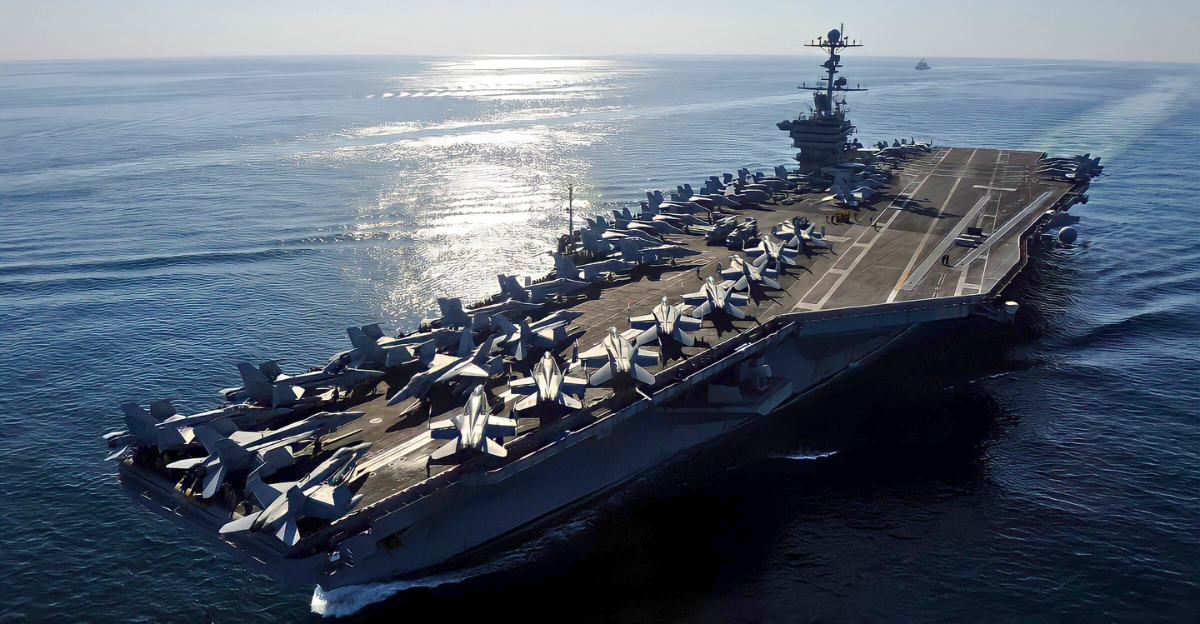
Modern naval warfare faces a crisis that should concern anyone following American defense policy. Chinese DF-21D and DF-26B missiles can now strike targets over 2,500 miles away, specifically designed to sink aircraft carriers. Defense Secretary Pete Hegseth recently acknowledged that Chinese hypersonic missiles “can take out our 10 aircraft carriers in the first 20 minutes of a conflict,” the Washington Times reports. This represents a fundamental shift in the strategic balance of power.
1. China Outbuilds America in Critical Naval Race

China constructs warships at three times America’s pace, creating a widening gap in naval capacity. U.S. Indo-Pacific Command Admiral Samuel Paparo testified to Congress that China’s shipbuilding ratio compared to America stands at 6-to-1.8. Russia’s former Pacific Fleet commander declared aircraft carriers “a thing of the past” that modern weapons can destroy “in a few minutes,” Business Insider reports. According to CSIS analysis, Beijing now operates 234 warships compared to America’s 219.
2. Hypersonic Missiles Make Carriers Sitting Ducks
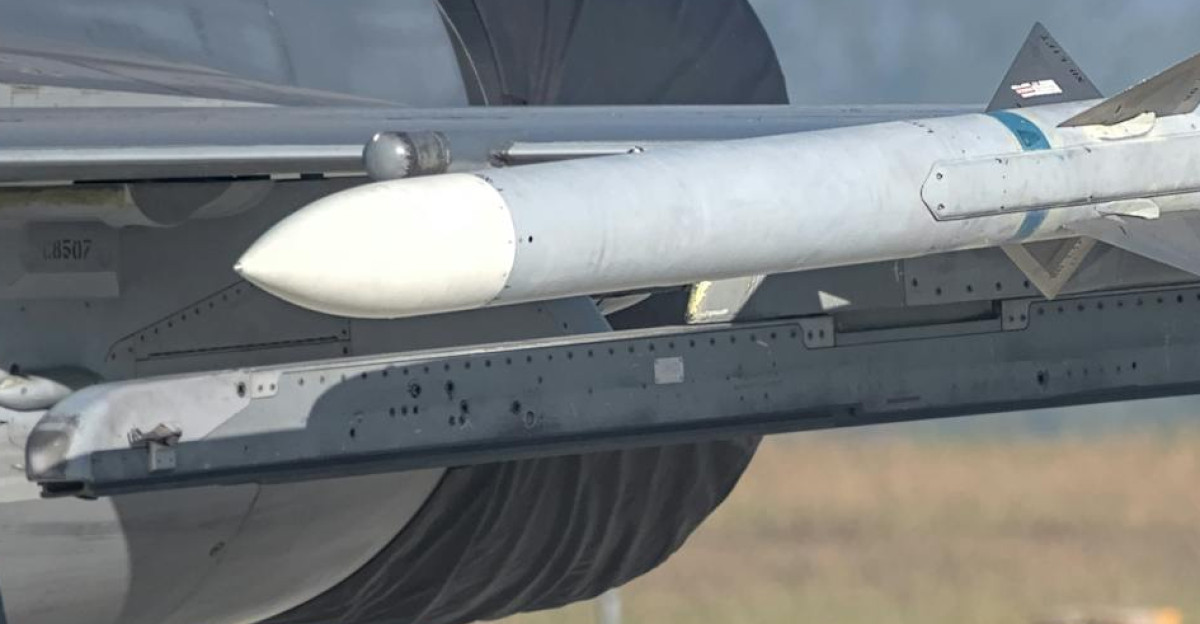
Chinese hypersonic weapons travel at Mach 5 speeds and can maneuver unpredictably during flight, making them nearly impossible to intercept. The Washington Times reports that Defense Secretary Pete Hegseth admitted these missiles could destroy America’s entire carrier fleet within 20 minutes of conflict. Traditional missile defense systems designed for ballistic trajectories cannot effectively track or engage hypersonic weapons. This technology fundamentally changes naval warfare calculations.
3. Construction Delays Plague America’s Newest Carriers
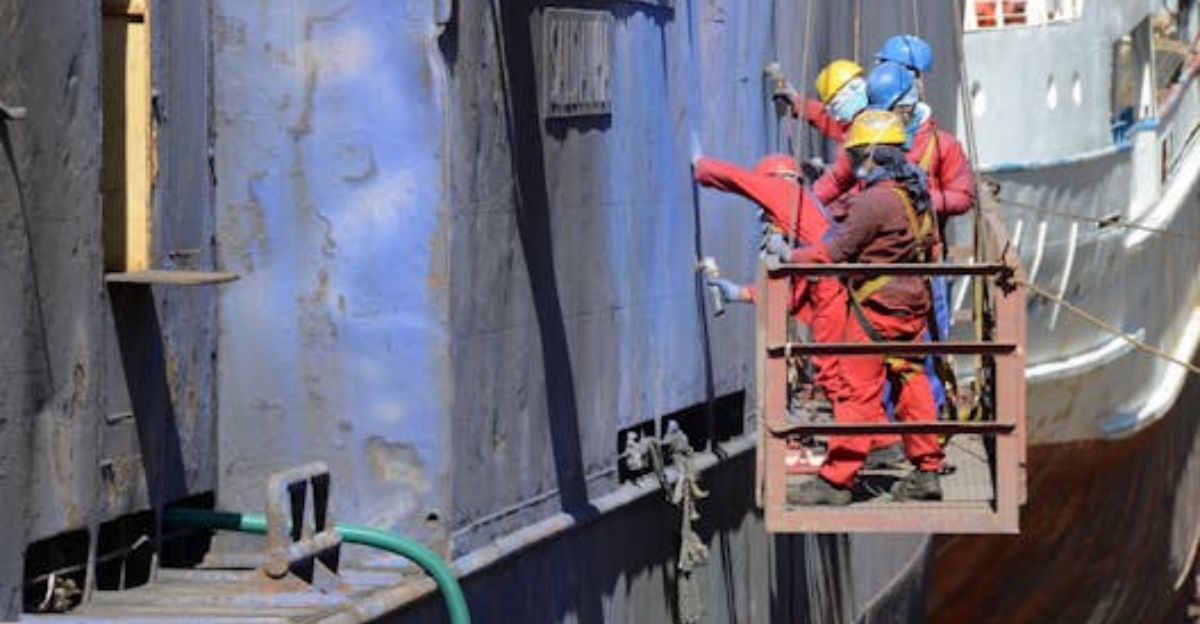
The Ford-class program faces mounting delays that threaten Navy readiness. USS John F. Kennedy delivery has been postponed to March 2027, while USS Enterprise won’t arrive until July 2030, representing a 28-month setback. Each Ford-class carrier costs $13 billion, with the total program reaching $120 billion. Zona Militar reports that Newport News shipyard struggles with workforce shortages despite offering increased wages and bonuses.
4. Russian Submarines Expose Critical Vulnerabilities
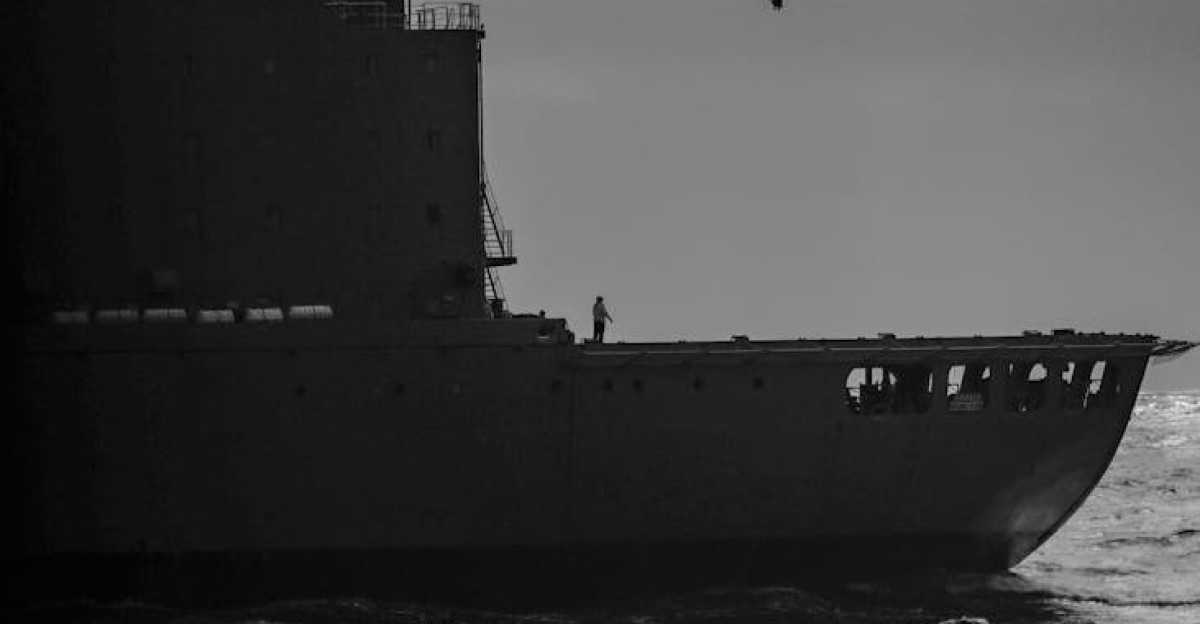
NATO forces actively hunt Russian submarines in Norwegian waters as carrier groups confront unprecedented underwater threats. The War Zone reveals that the USS Gerald R. Ford experienced dual-band radar failures during pre-deployment exercises that exceeded system capabilities. Advanced submarine technologies and uncrewed underwater vehicles now present detection challenges that traditional carrier defenses struggle to counter effectively.
5. China’s Pacific Power Play Disrupts Global Routes
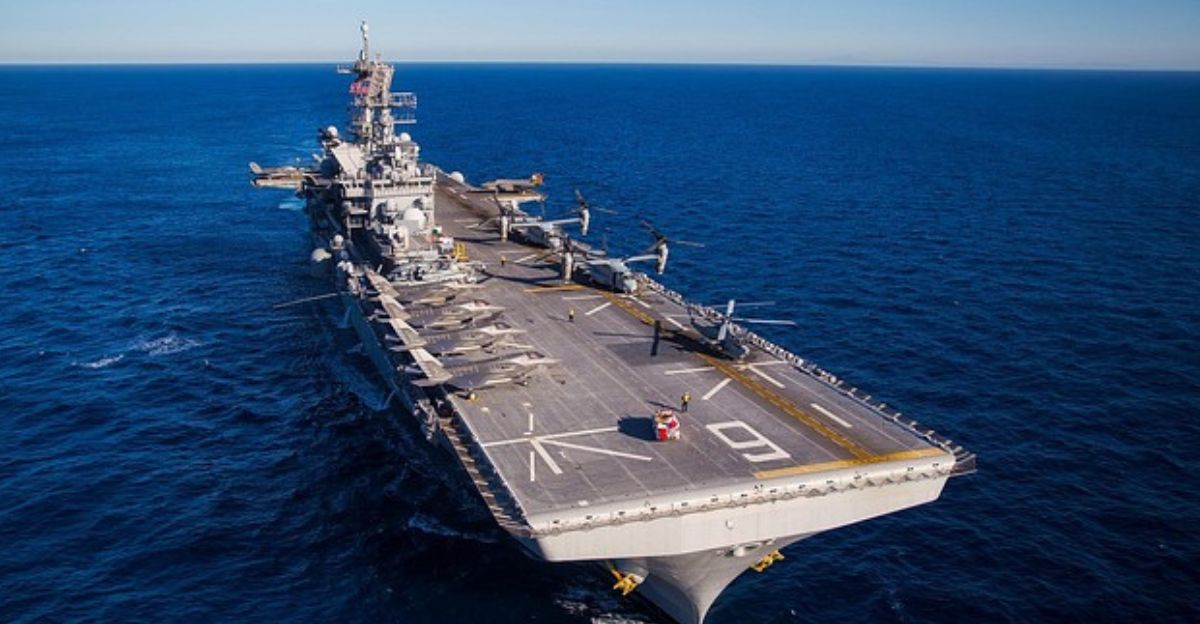
Chinese naval exercises in the Tasman Sea disrupted commercial aviation between Australia and New Zealand, demonstrating Beijing’s expanding power projection capabilities. Al Jazeera reports that the People’s Liberation Army Navy deployed multiple aircraft carriers simultaneously for the first time since World War II. This display showcased China’s growing ability to challenge U.S. access to critical maritime routes, raising concerns among regional allies.
6. Navy Leaders Push for Unmanned Future
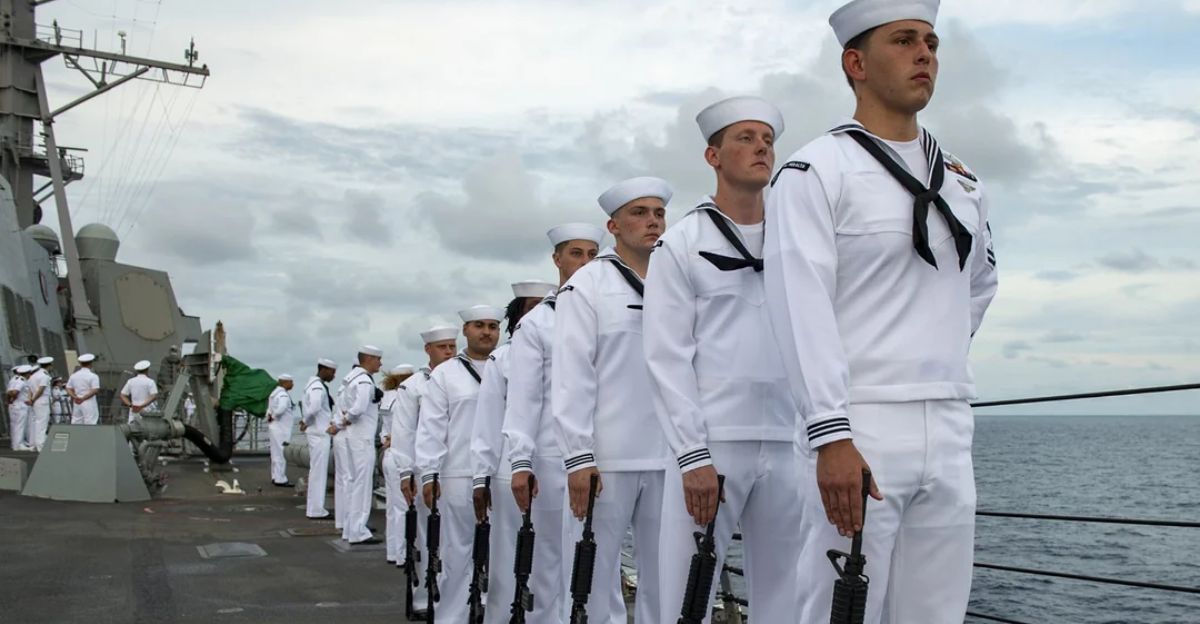
Naval leadership increasingly advocates for unmanned systems over traditional crewed vessels. “We definitely want unmanned. Period. I mean, it’s that simple,” Captain Garrett Miller, commander of the Navy’s experimental unmanned fleet, told Stars and Stripes. Traditional carriers require 5,000 personnel, creating vulnerability to casualties and substantial operational costs. Unmanned platforms eliminate these human risks while maintaining combat effectiveness.
7. Congress Funds the Robotic Navy Revolution
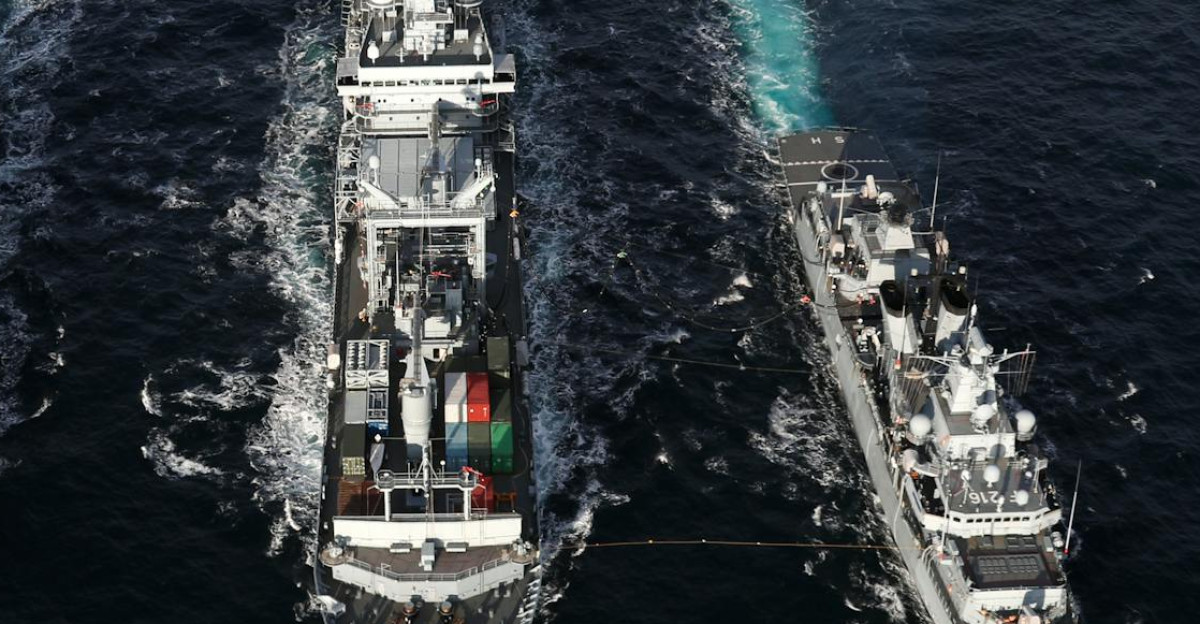
Congress approved $2.1 billion for Navy unmanned ship programs, including the USX-1 Defiant, designed to operate autonomously for one year. Defence Blog notes that China and South Korea are advancing their carrier-based combat drones and autonomous naval platforms. The Pentagon’s NOMARS program eliminates crew quarters, ventilation systems, and bridges to create mission-focused hull designs optimized for uncrewed operations.
8. Staggering Costs Strain Military Budgets
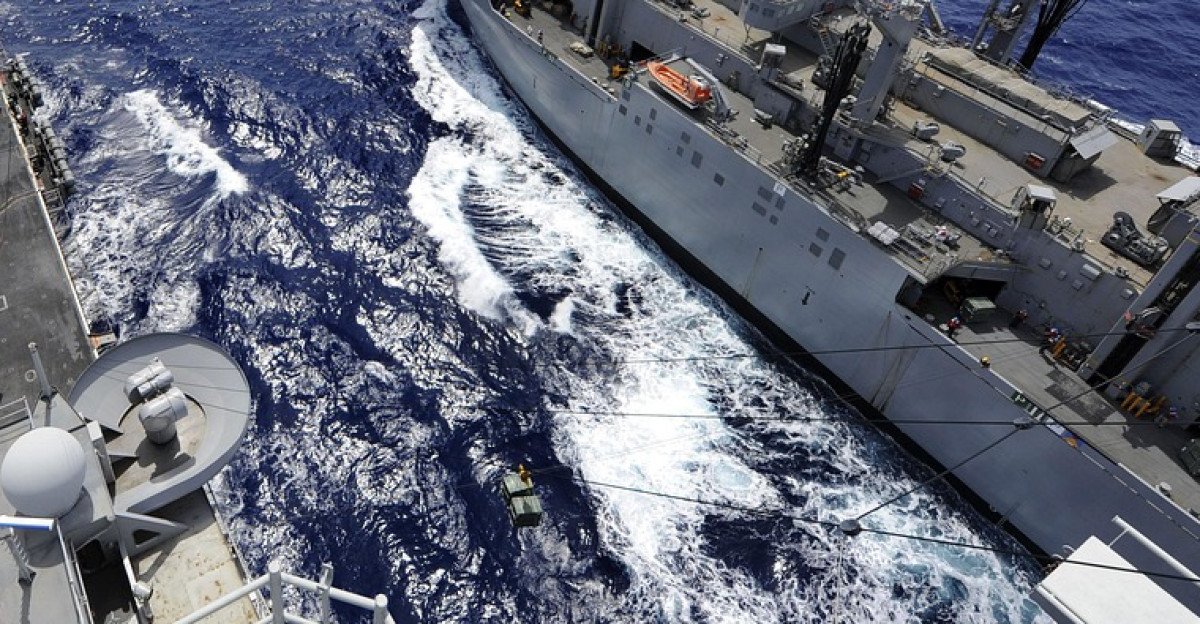
Global Security data shows that aircraft carrier operations cost $7 million daily, with total strike group expenses reaching $14.8 billion annually when including crew, aircraft, and support vessels. The Navy’s 30-year shipbuilding plan requires $40.1 billion annually, double recent Congressional allocations. Current industrial capacity cannot meet construction and maintenance demands, forcing reliance on international shipyards for essential repairs.
9. Drone Swarms Overwhelm Traditional Defenses
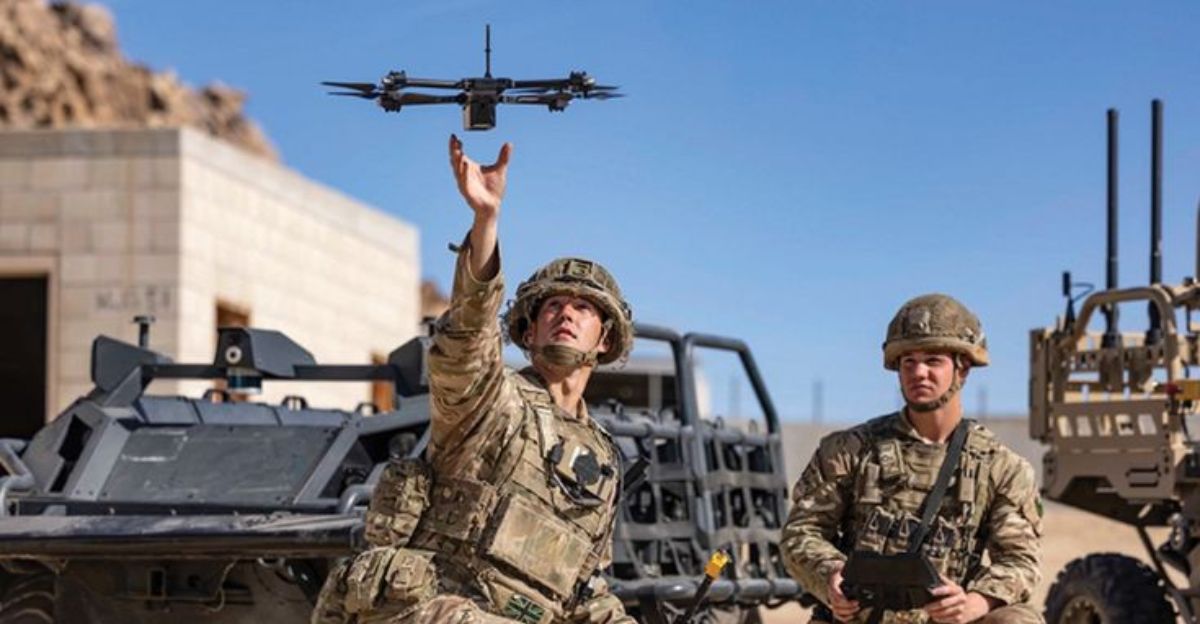
Recent drone attacks in the Red Sea demonstrate the devastating potential of coordinated unmanned assaults against large naval platforms. Israeli forces develop Iron Beam laser systems with 100-kilowatt output to counter multiple simultaneous threats. Forbes analysis warns that coordinated drone swarms could overwhelm traditional missile defense systems through sheer numbers and diverse attack vectors that saturate defensive capabilities.
10. Technical Failures Plague America’s Newest Carriers
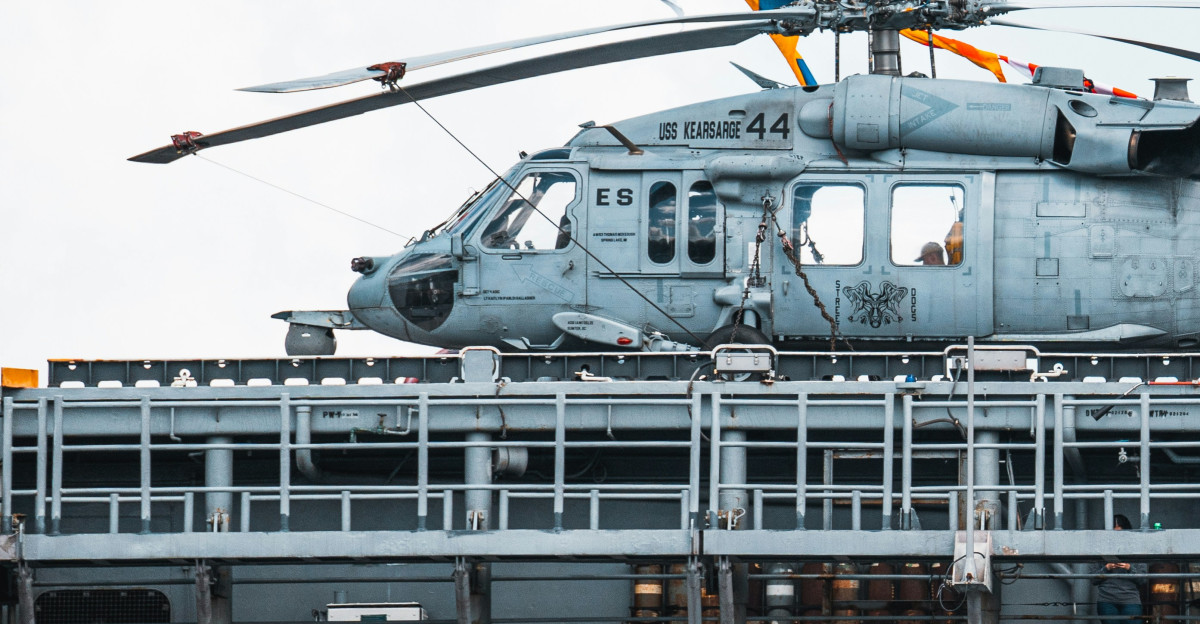
Ford-class carriers suffer from persistent technical problems that delay operational readiness. Issues include malfunctioning weapons elevators, electromagnetic catapult failures, and fundamental systems problems. National Interest reports that the USS Gerald R. Ford required years of post-delivery corrections before achieving operational capability in December 2021. Defense contractors face penalties for missed delivery schedules while technical challenges continue.
11. Political Leadership Questions: Carrier Investments
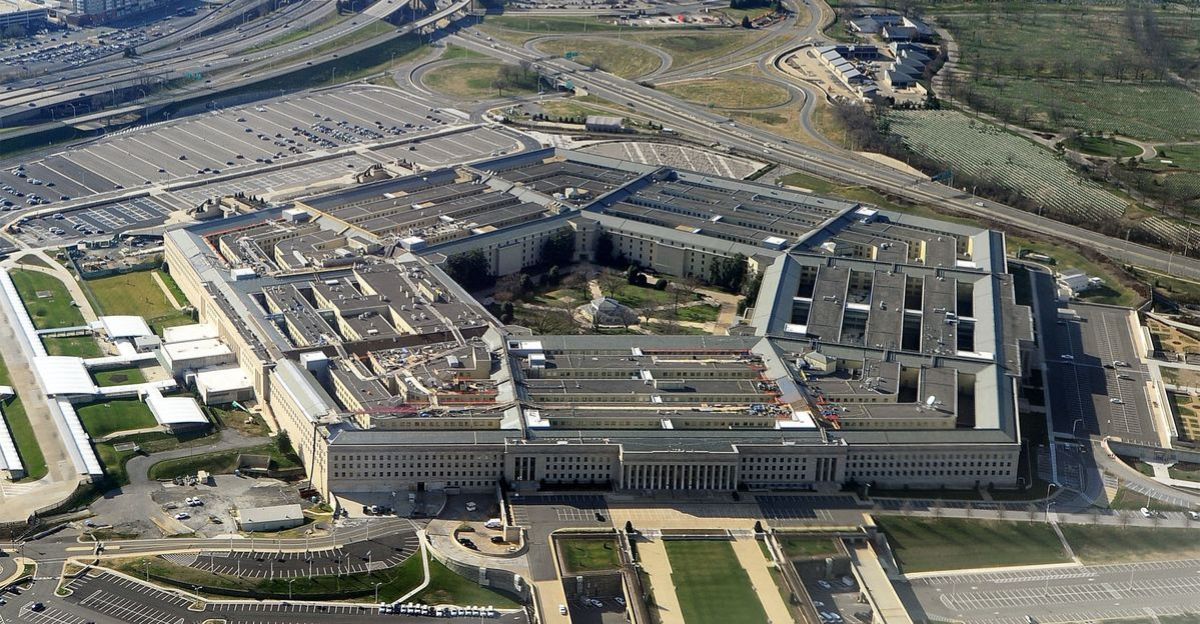
President Trump criticized Ford-class cost overruns, stating carriers “were supposed to cost $3 billion” but “end up costing like $18 billion,” Business Insider reports. The administration questions electromagnetic catapult technology, favoring traditional steam systems with proven reliability records. Defense leadership transitions create uncertainty about future carrier investment priorities and technological development paths.
12. Precision-Guided Munitions Target Large Platforms
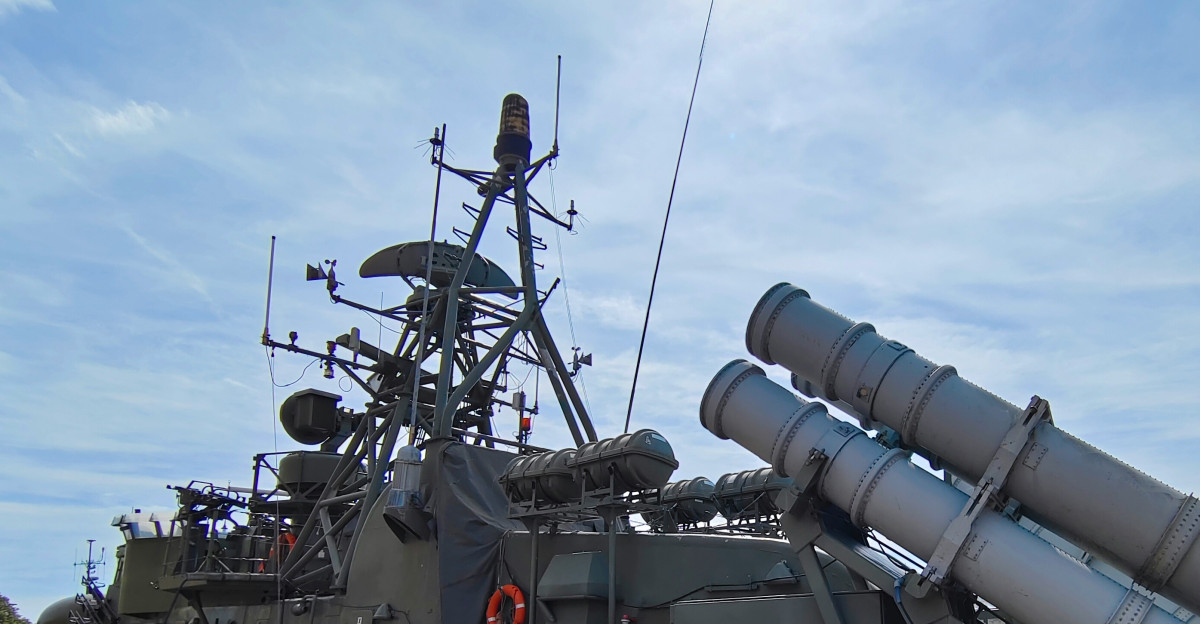
Modern precision-guided munitions can strike targets accurately measured in meters rather than kilometers. EDGE Group analysis shows these weapons use multiple guidance systems, including GPS, infrared, and radar homing, to ensure target destruction. Large platforms like aircraft carriers present massive radar signatures that precision weapons can easily identify and track. Traditional defensive measures struggle against firearms that can adjust course mid-flight.
13. Military Experts Question Giant Ship Viability
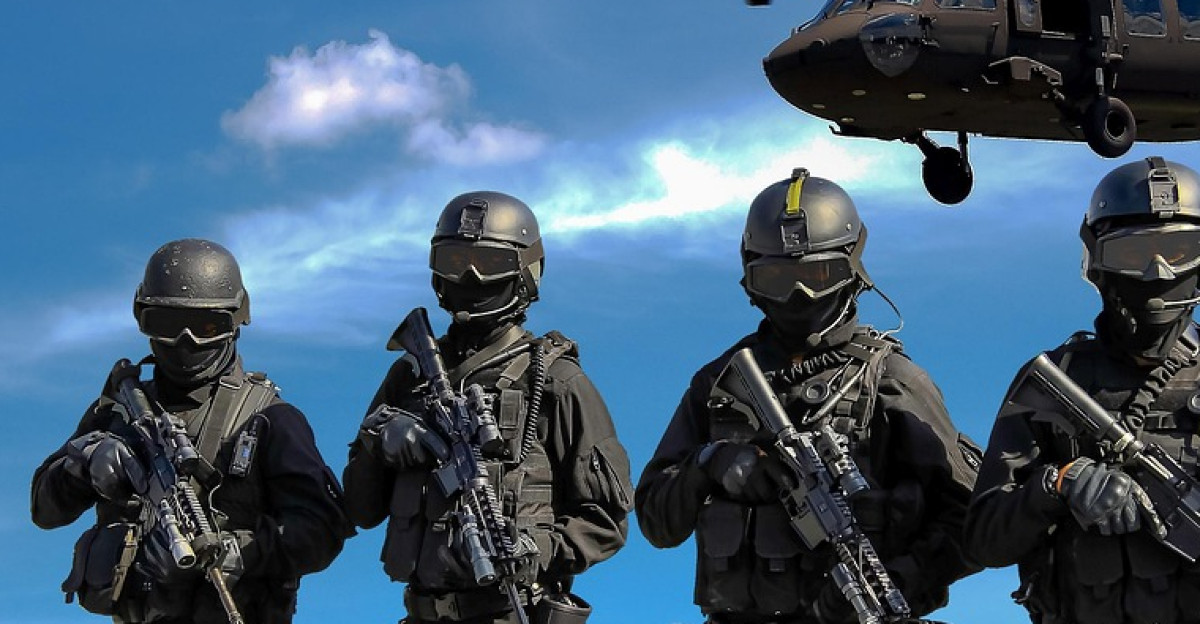
Defense analysts increasingly question whether massive platforms remain effective against modern precision strike capabilities. Retired Admiral Lorin Selby advocates for “the small, the agile, and the many” rather than continued reliance on expensive, vulnerable carriers, Informa Connect reports. Military experts warn that adversaries exploit emerging technologies to challenge traditional naval supremacy through asymmetric warfare tactics.
14. Electronic Warfare Threatens Carrier Systems
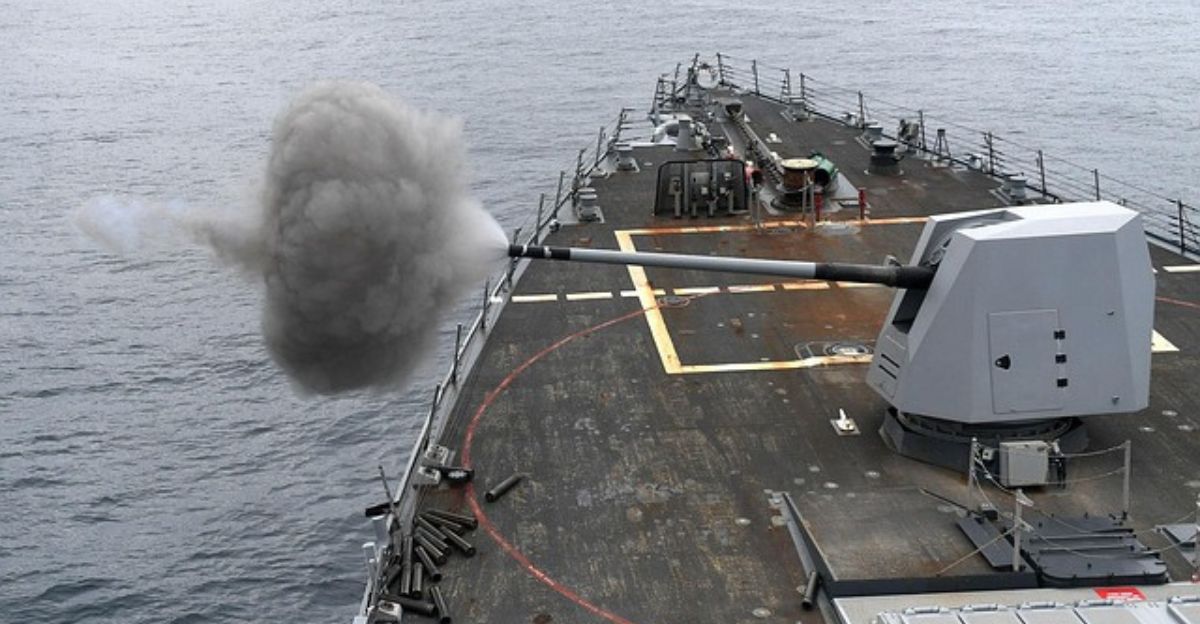
Electromagnetic pulse weapons and GPS jamming capabilities pose serious threats to carrier electronic systems, as demonstrated by recent Red Sea incidents affecting commercial vessels. Navy laser weapons systems like HELIOS provide defensive capabilities but require continuous power generation that strains ship systems, Military Aerospace reports. Advanced precision-guided munitions with multiple guidance modes challenge traditional defensive countermeasures designed for earlier threats.
15. Defense Priorities Shift Toward Smaller Platforms
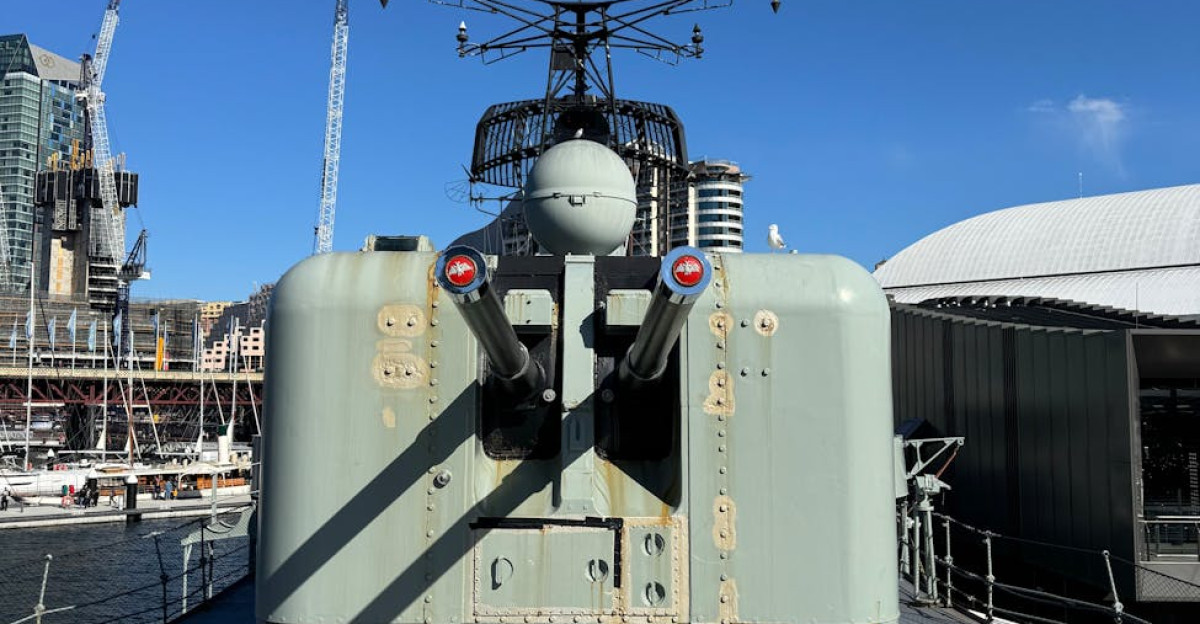
Defense spending priorities increasingly favor distributed naval architectures over concentrated carrier groups. The National Defense Authorization Act emphasizes research into alternative platforms, including ground-based missile systems and smaller surface combatants. International allies develop independent naval capabilities, reducing dependence on U.S. carrier protection while building indigenous defensive systems.
16. Global Naval Doctrines Embrace New Concepts
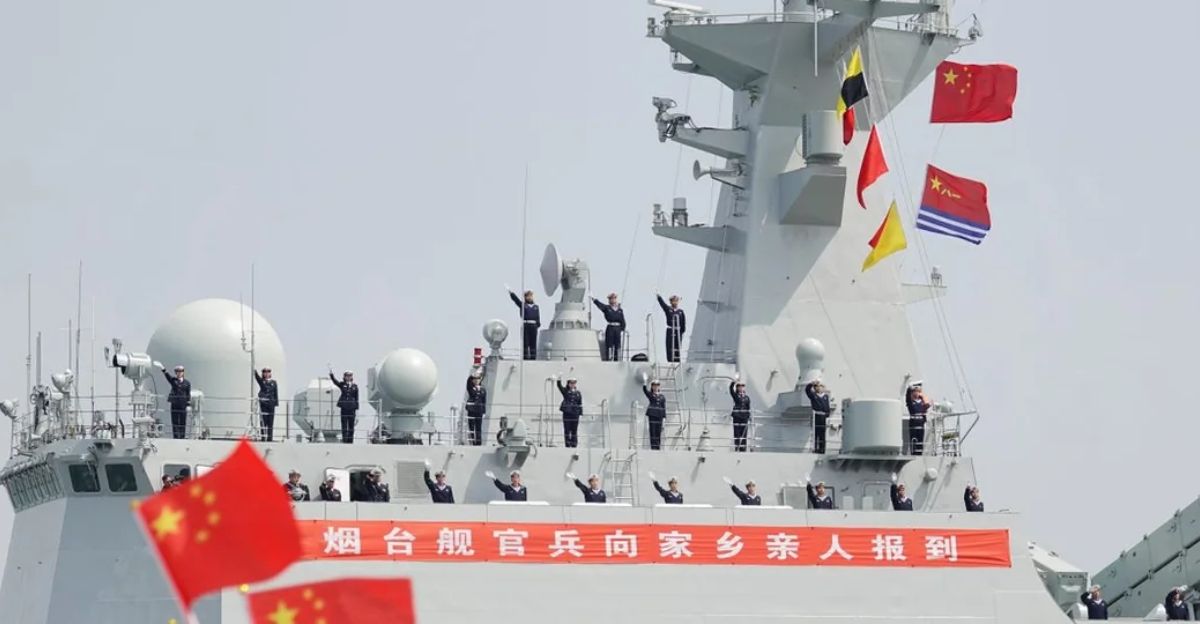
NATO members accelerate autonomous naval programs, while China’s shipbuilding capacity continues outpacing Western production. The Aviationist suggests Russia is considering retiring its sole aircraft carrier due to maintenance costs and operational limitations. International naval doctrines evolve toward distributed lethality concepts, emphasizing multiple smaller platforms over concentrated carrier battle groups.
17. Satellite-Guided Weapons Create Constant Threat
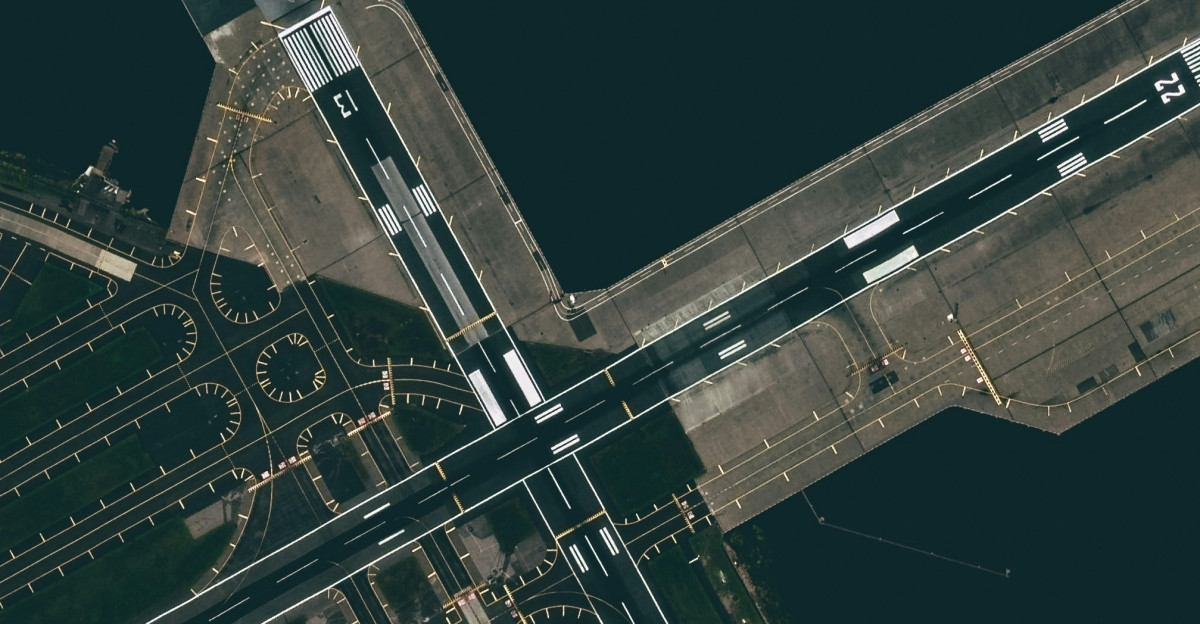
Modern satellite networks provide real-time targeting data, making large naval platforms visible from space. Multiple nations now possess satellite-guided precision munitions capable of striking moving targets at sea. The proliferation of commercial satellite imagery means adversaries can track carrier movements continuously. This constant surveillance eliminates the element of surprise that carriers traditionally relied upon.
18. Military Culture Adapts to Unmanned Reality
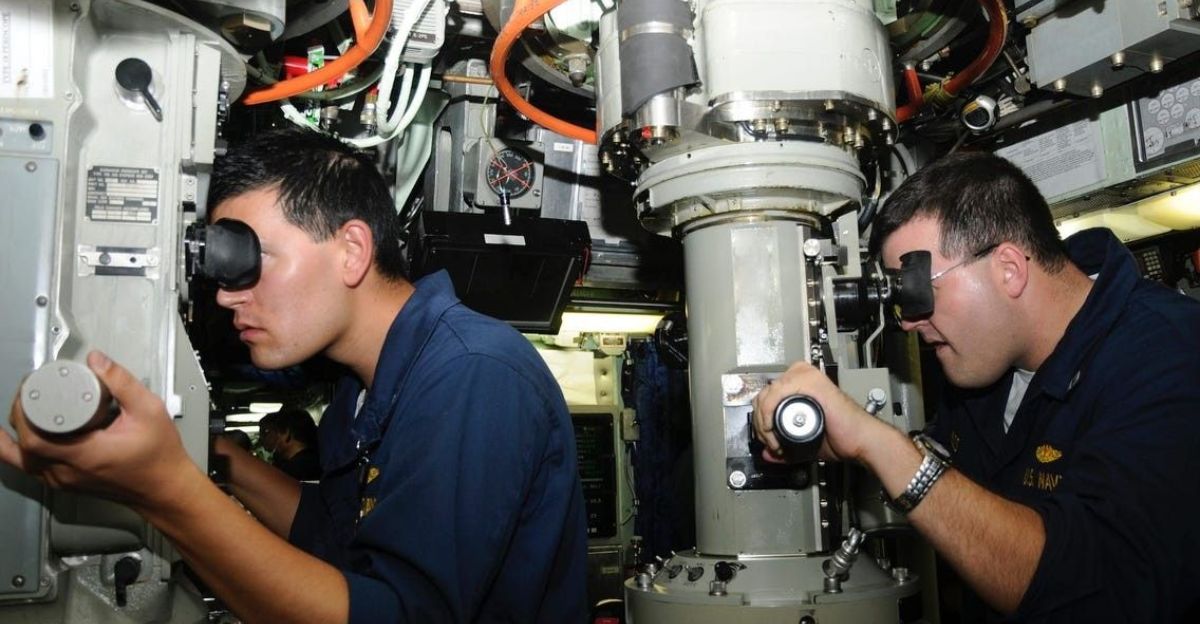
Naval culture adapts to unmanned warfare as the service creates new ratings for robotics warfare specialists. Traditional naval traditions face challenges as autonomous systems reduce human presence on vessels that historically required large crews. Generational differences emerge among naval officers regarding technology adoption and platform preferences for future fleet compositions.
Naval Warfare Stands at Historic Crossroads
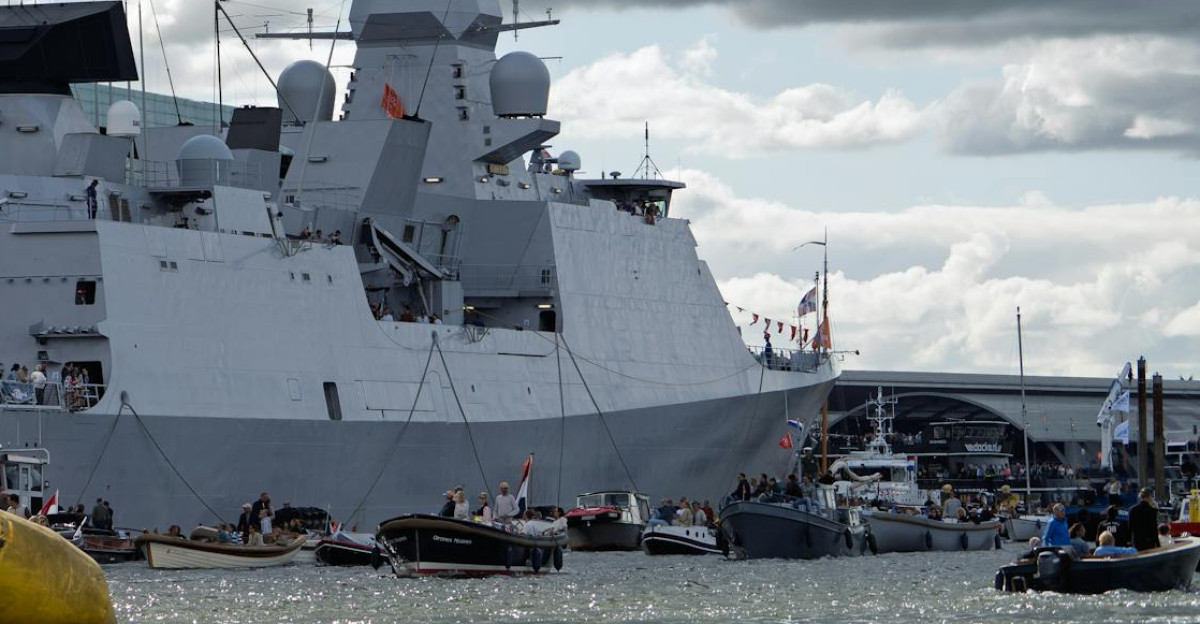
The convergence of technological advancement, construction challenges, and strategic threats signals a potential transformation in naval warfare not seen since World War II. Aircraft carriers face the same choice battleships confronted decades ago: adapt through technological integration or face obsolescence. The outcome will determine naval power distribution for decades as nations reshape their fleets for 21st-century warfare.